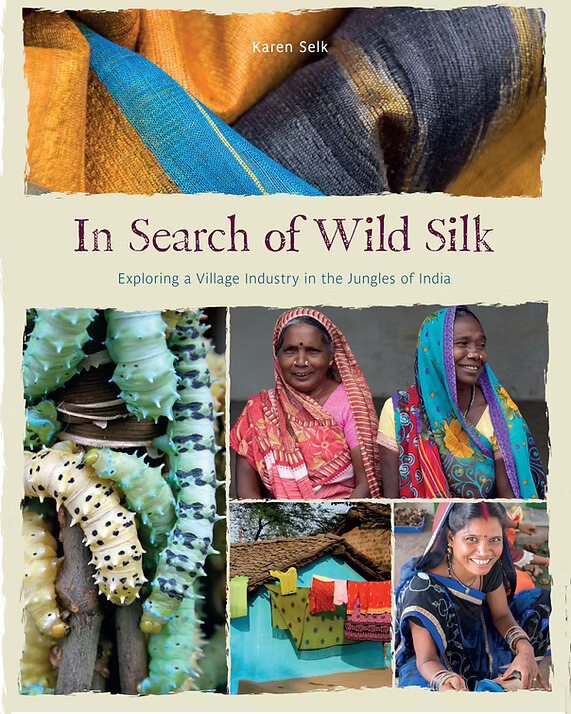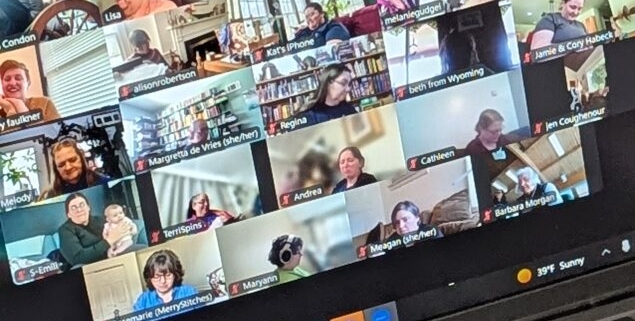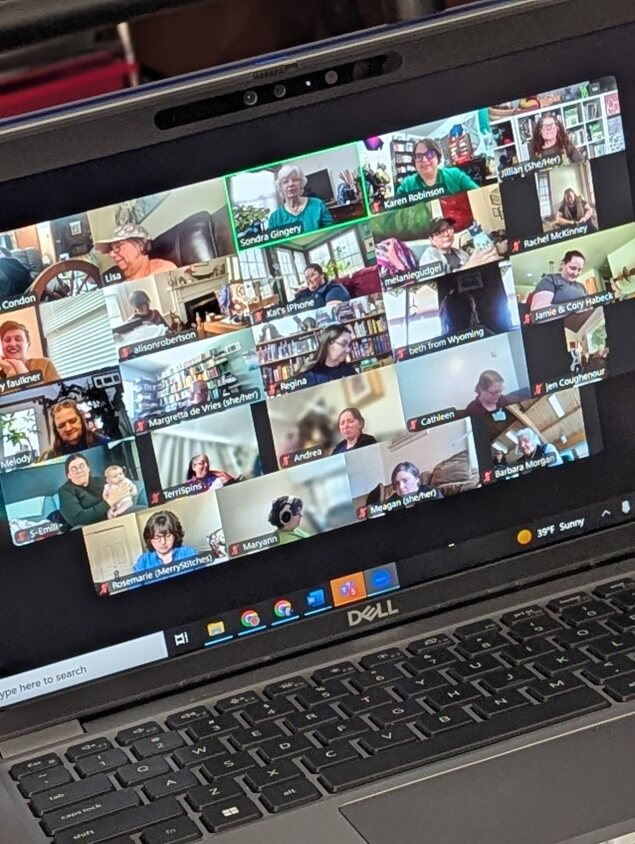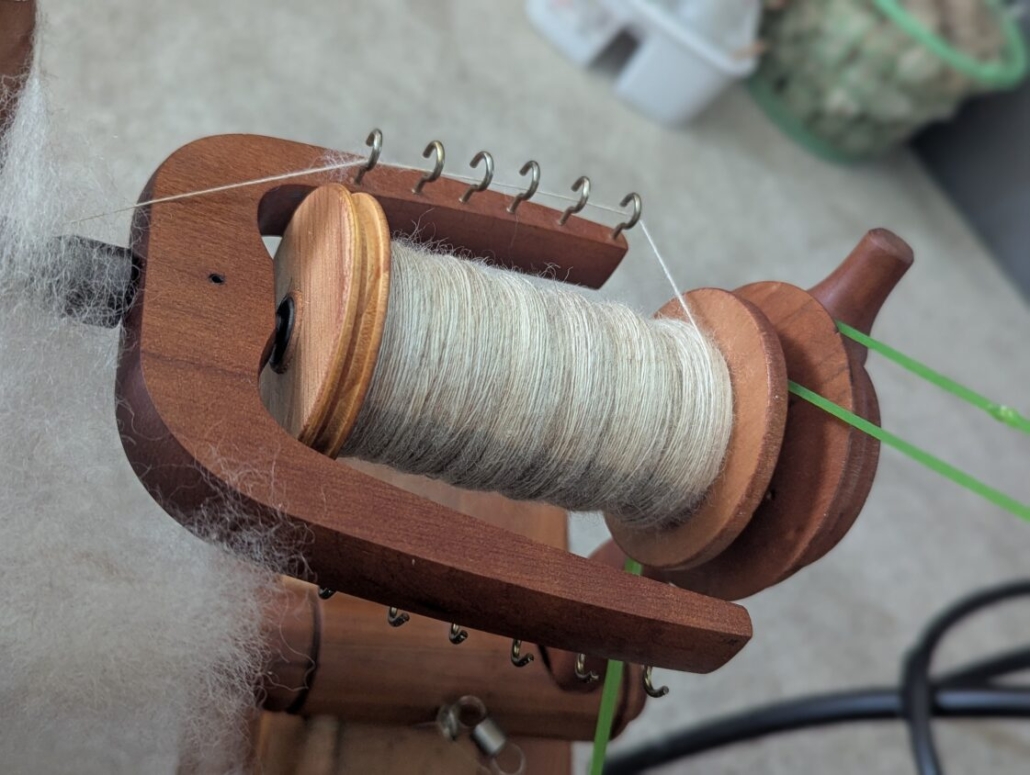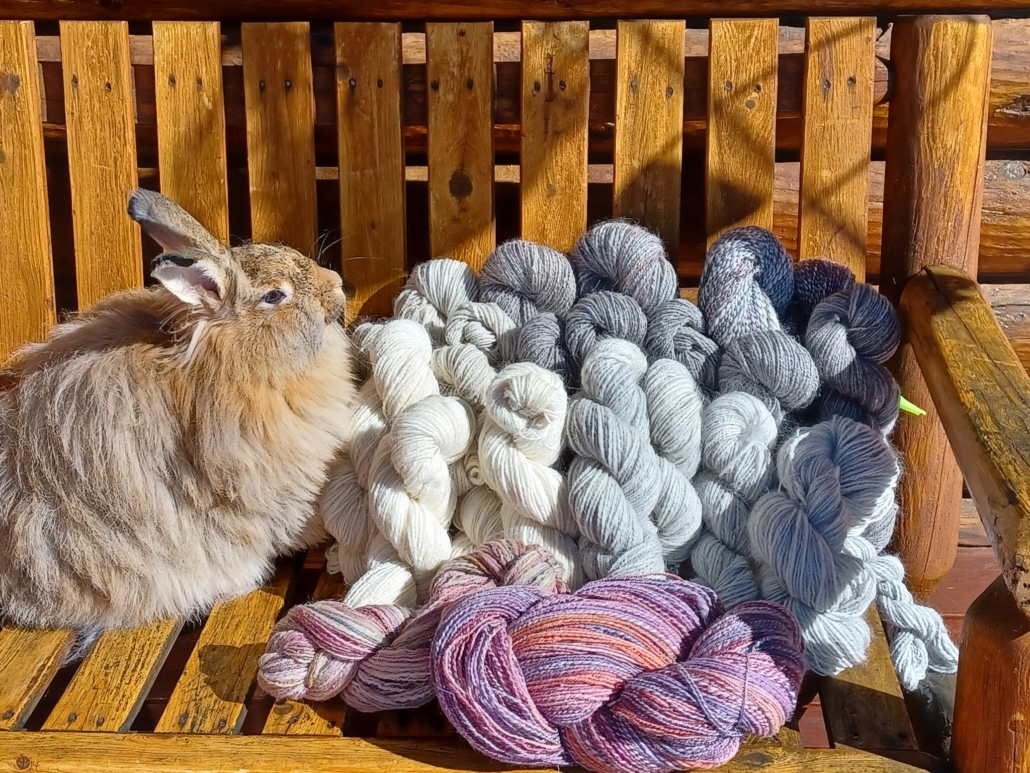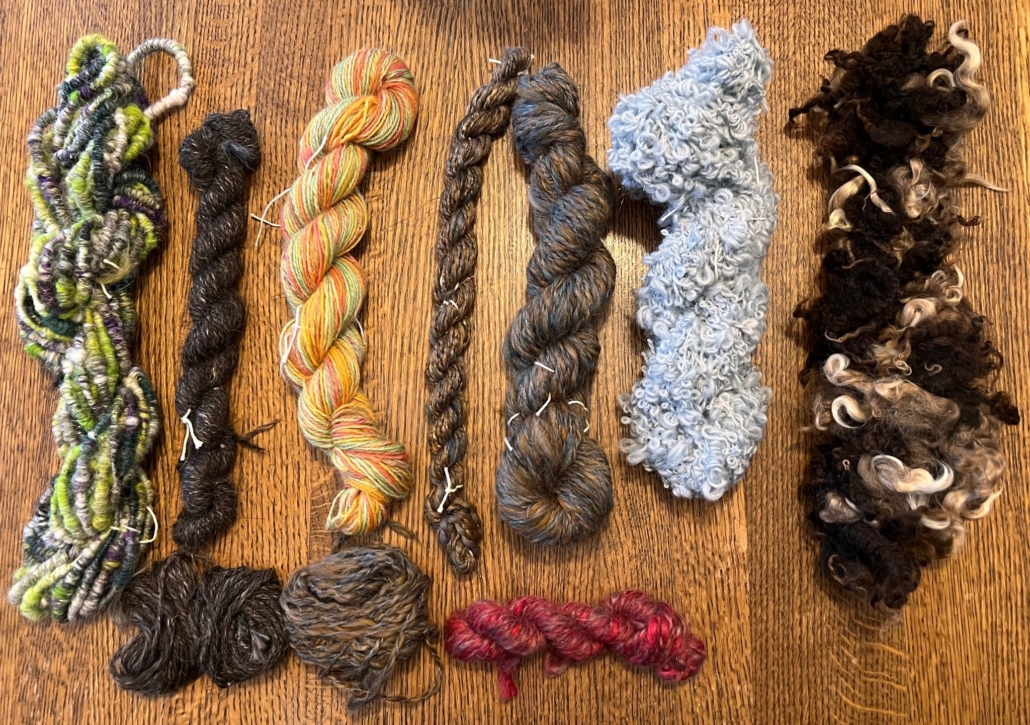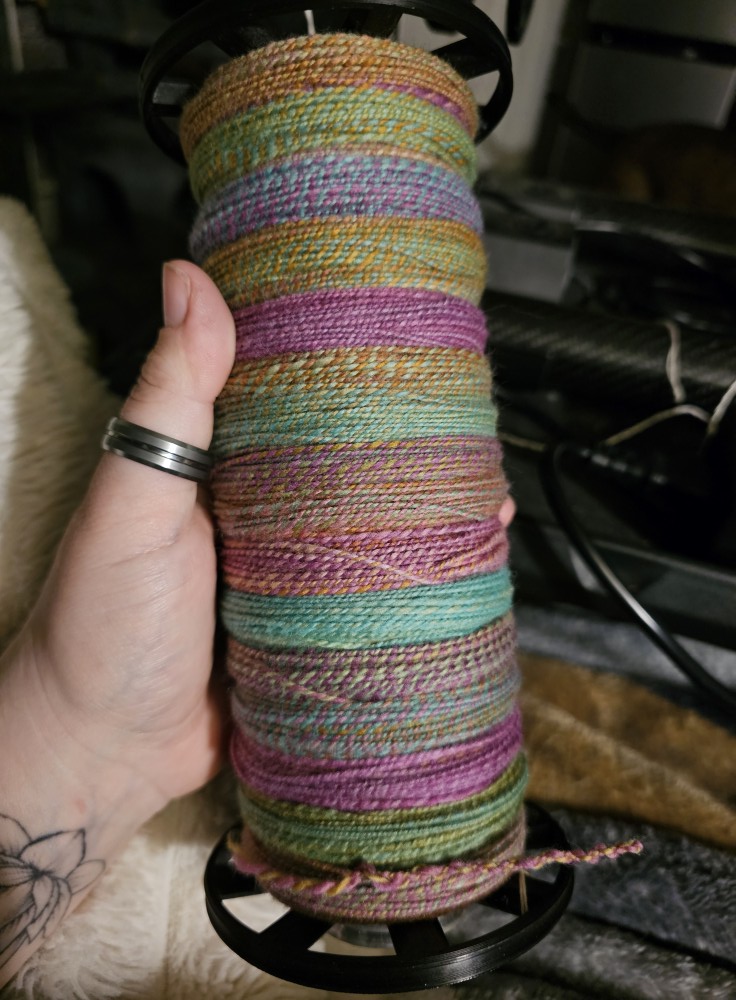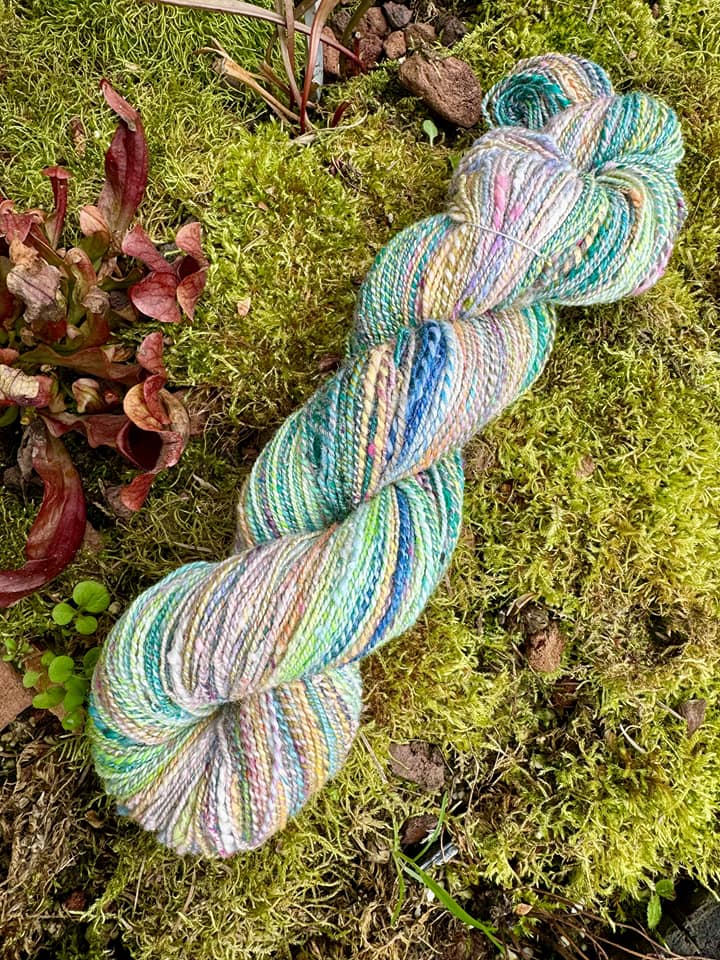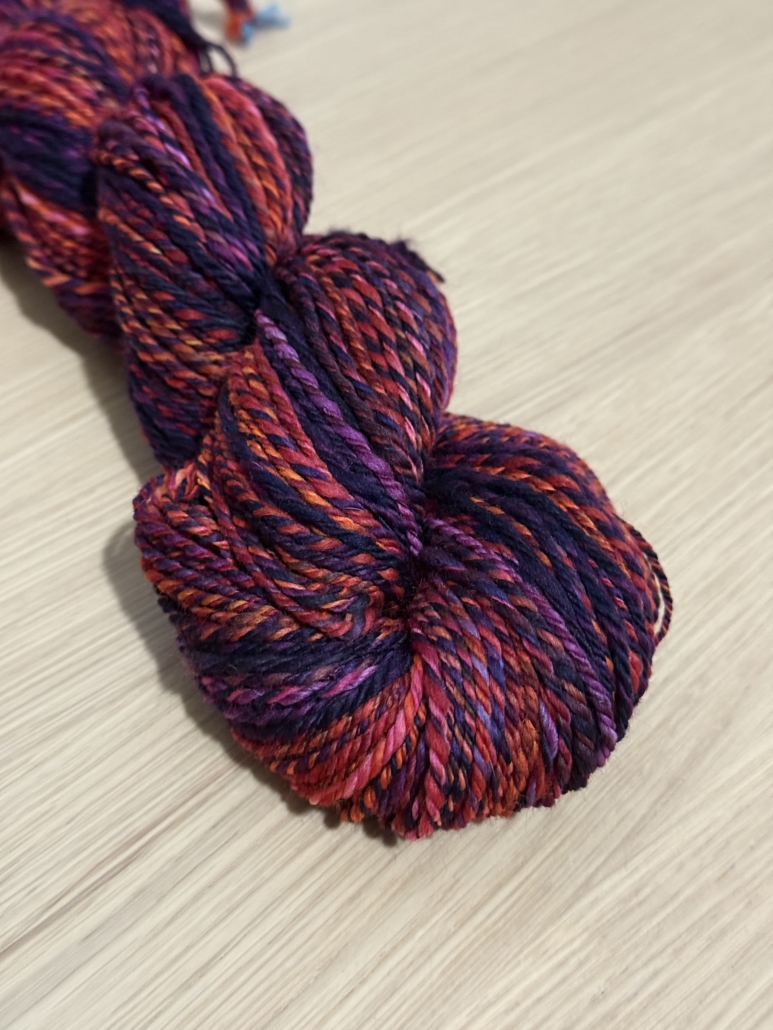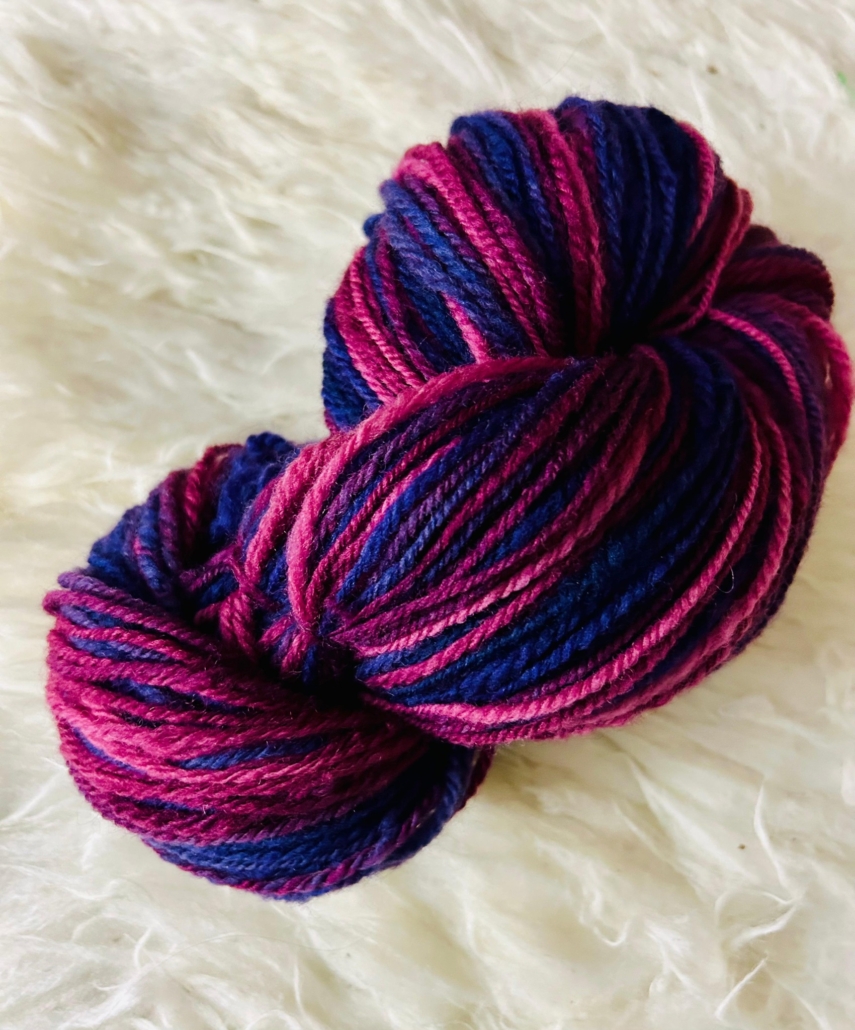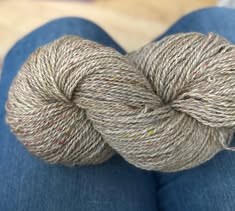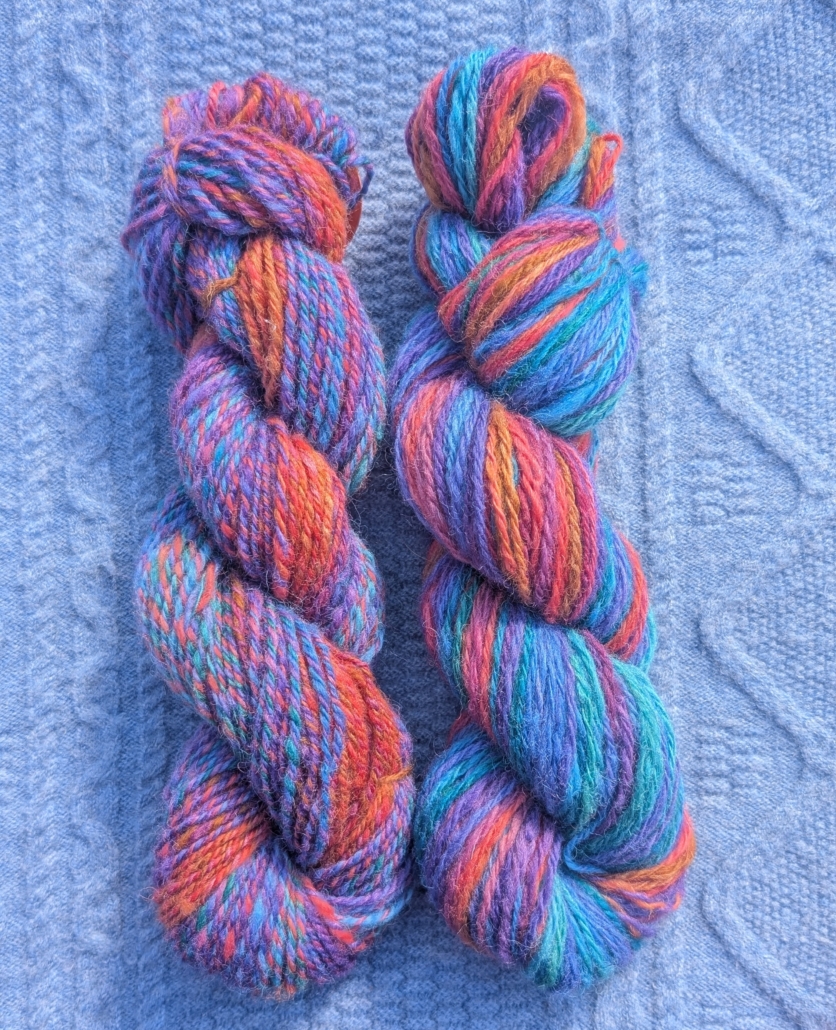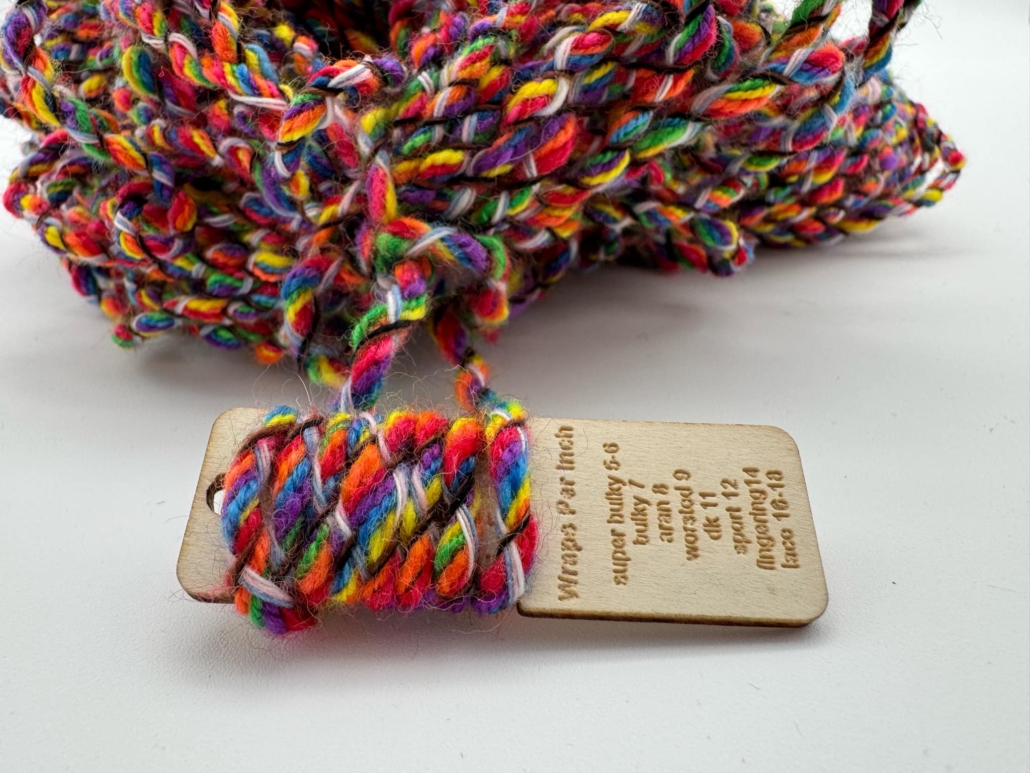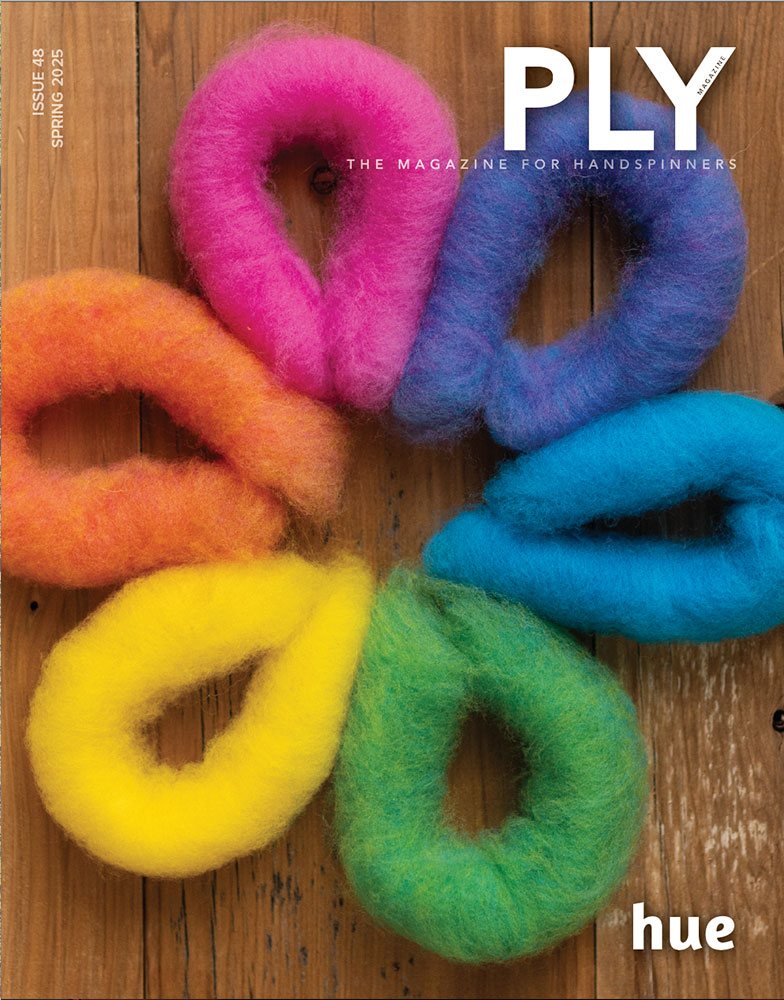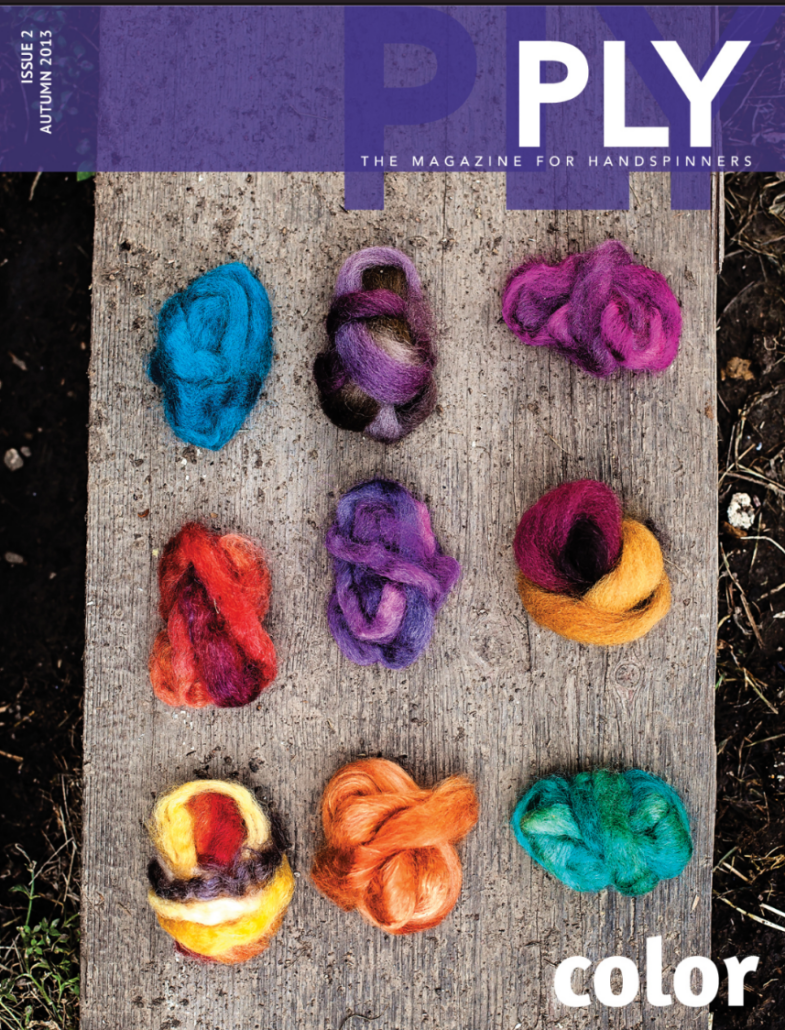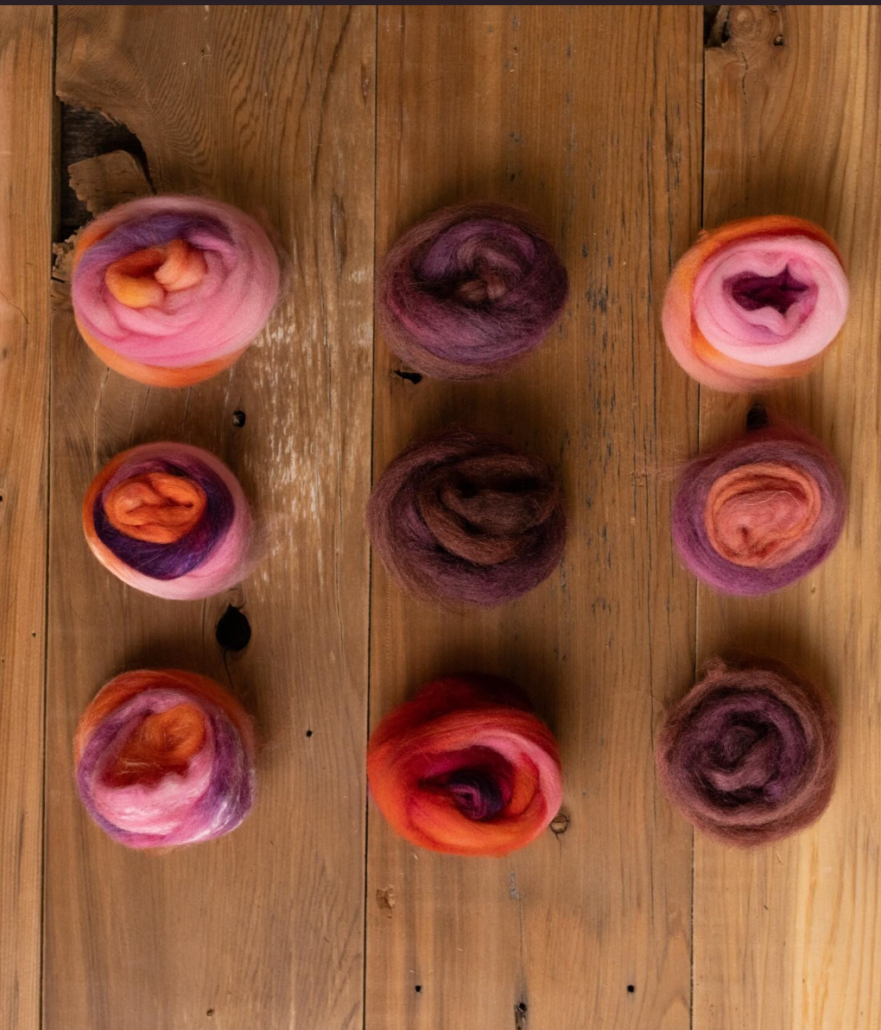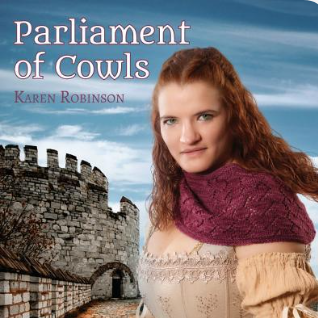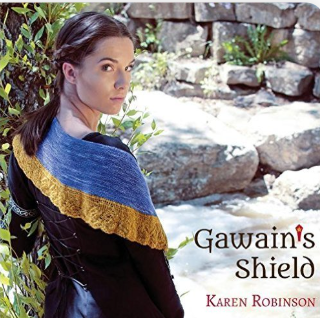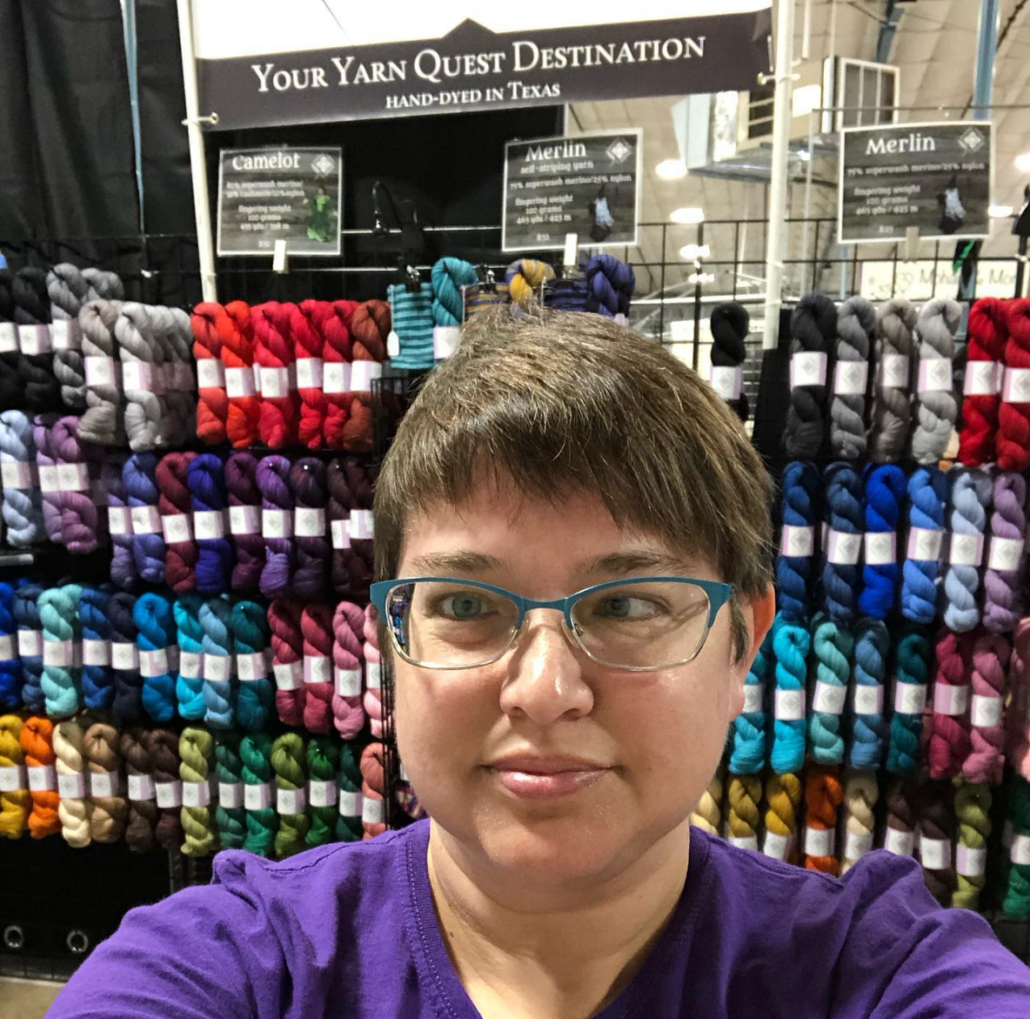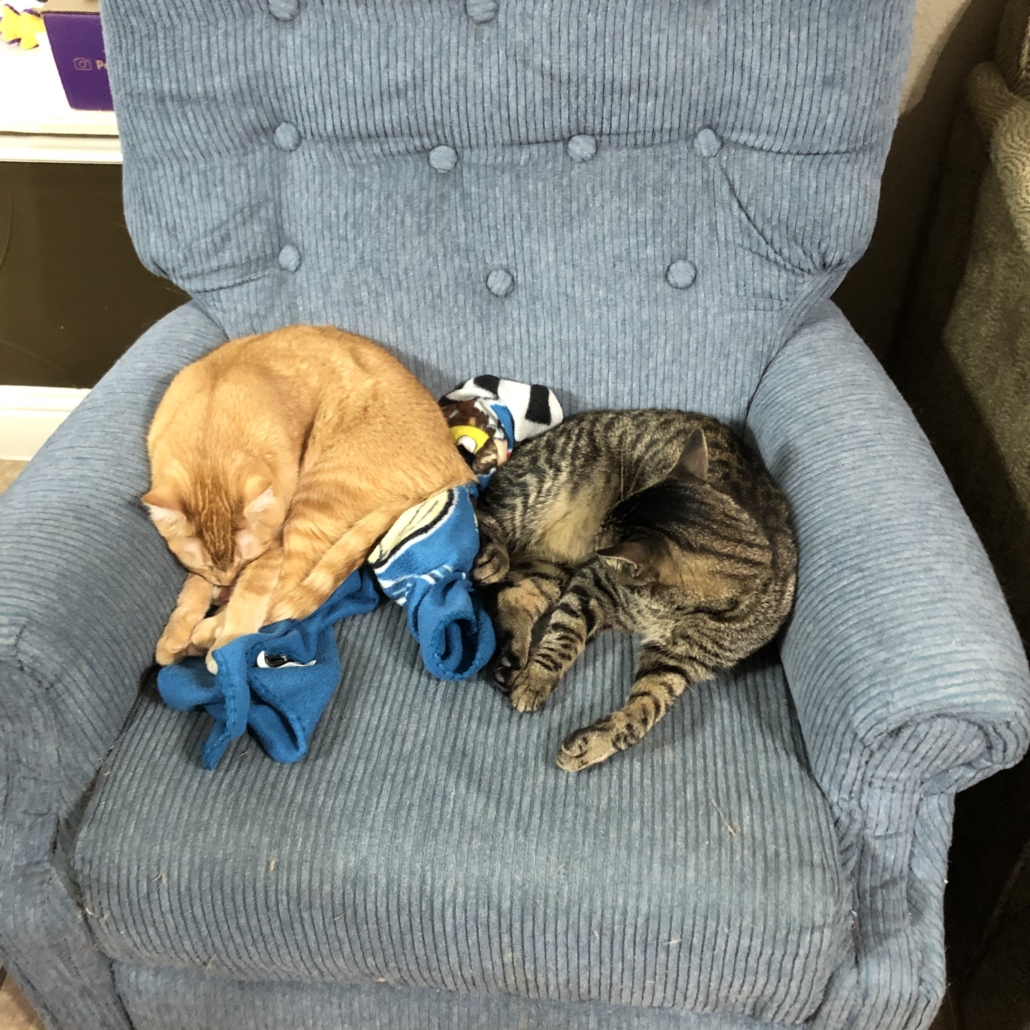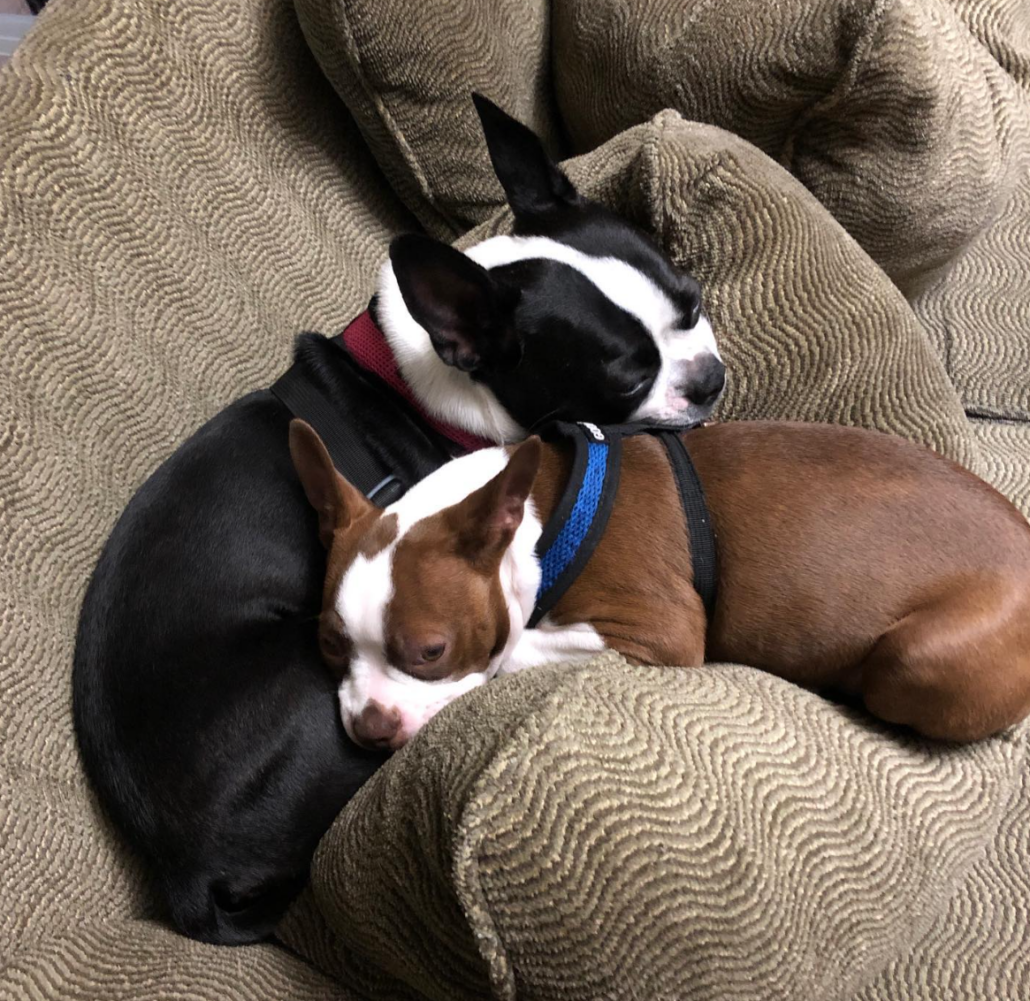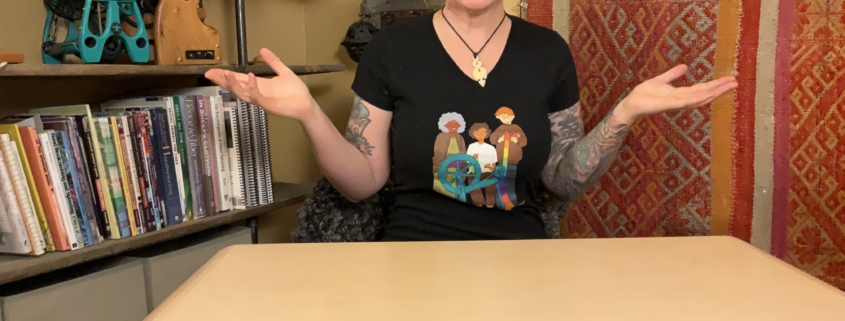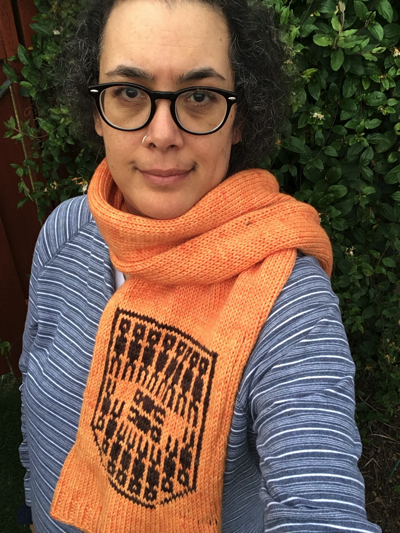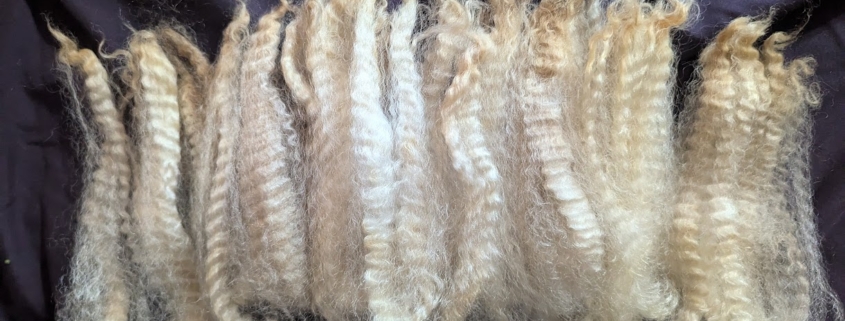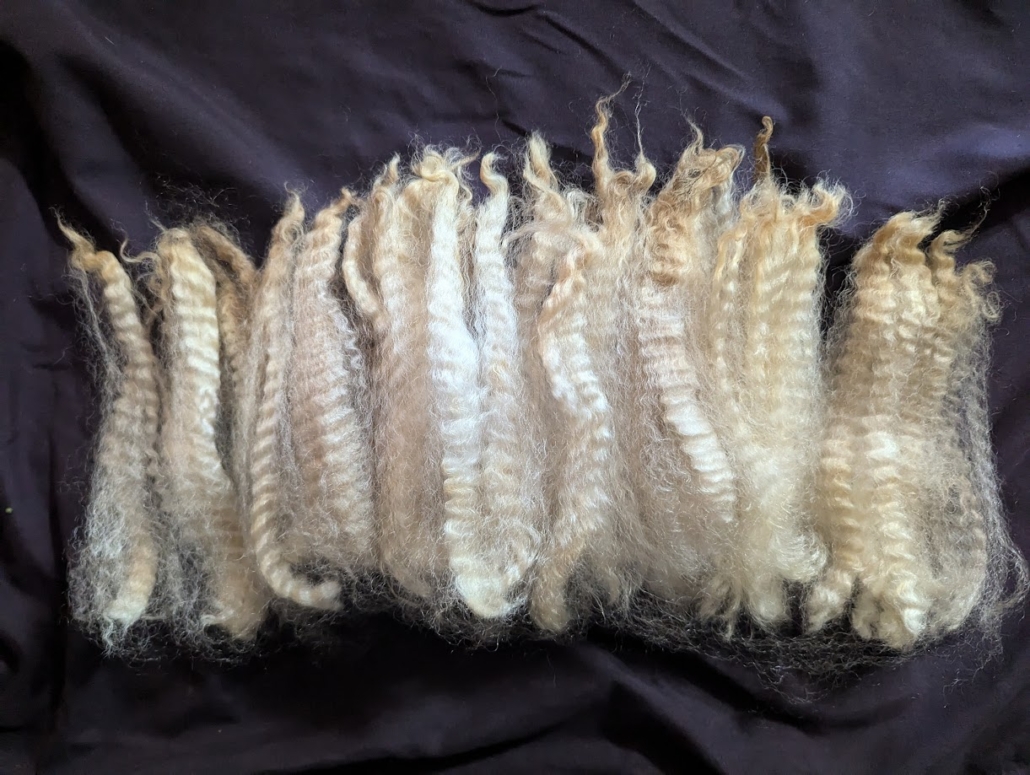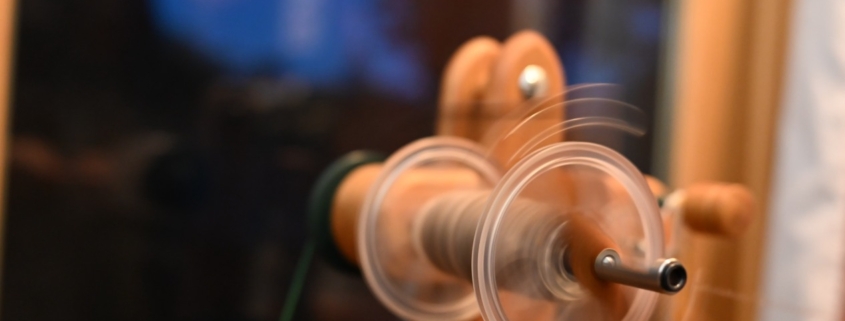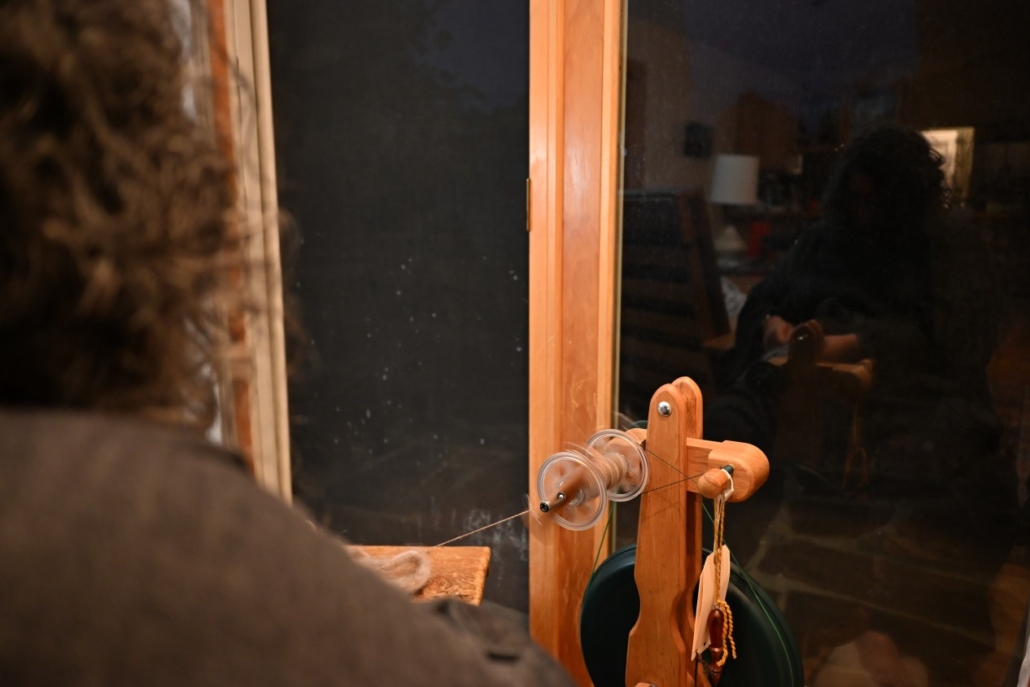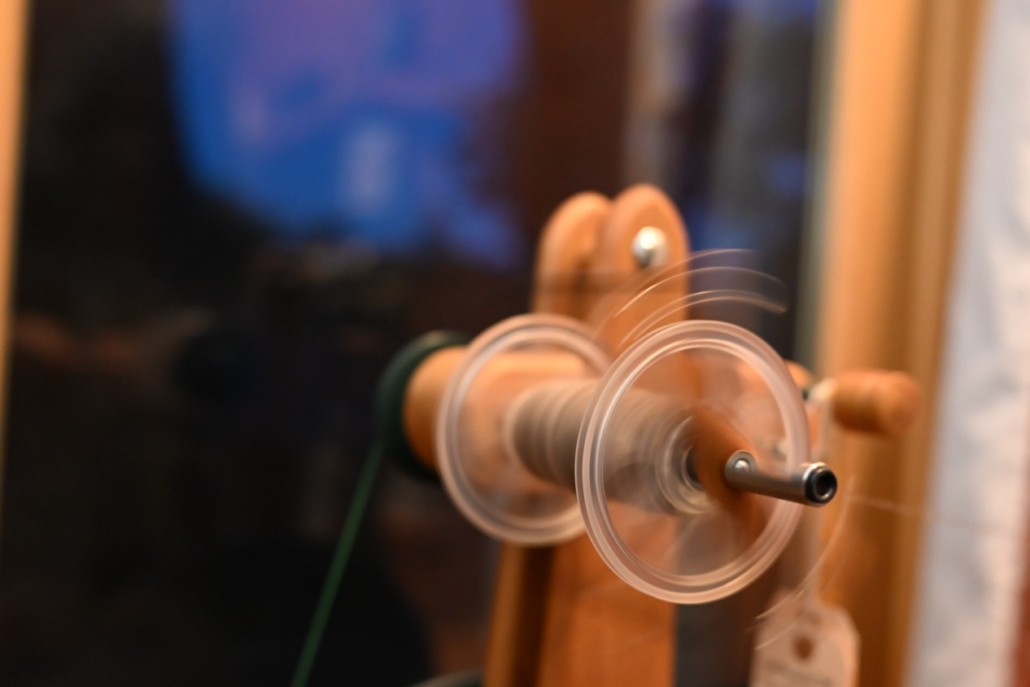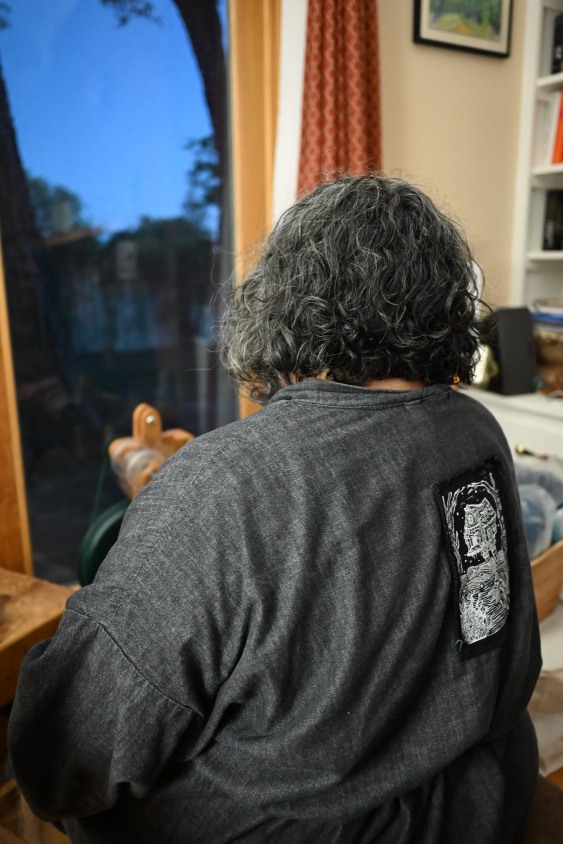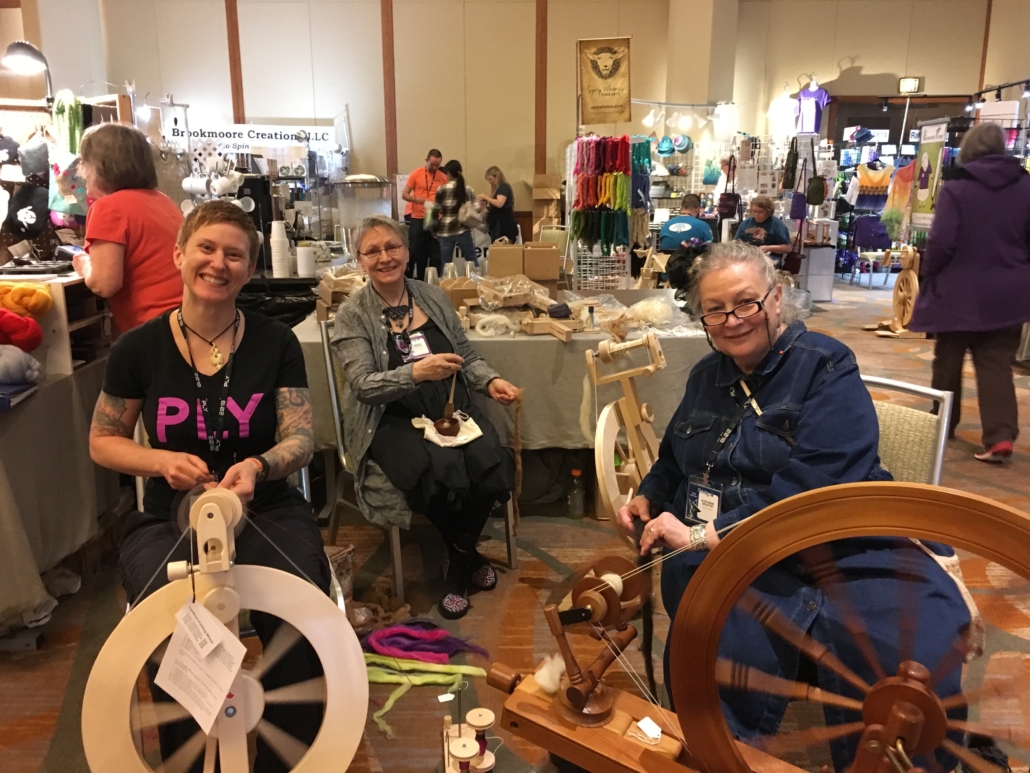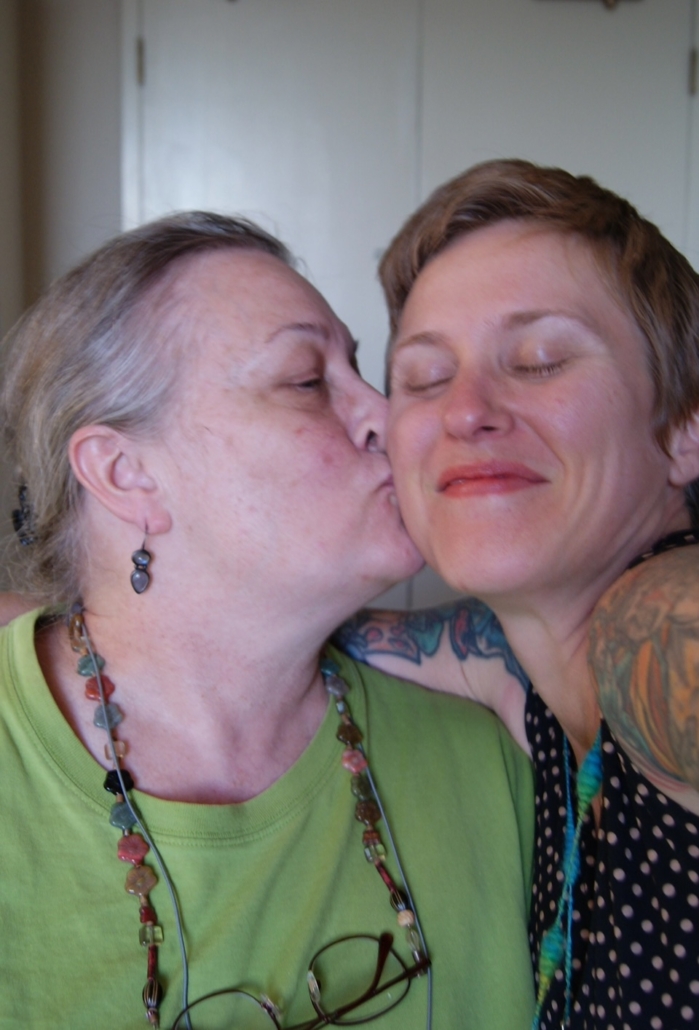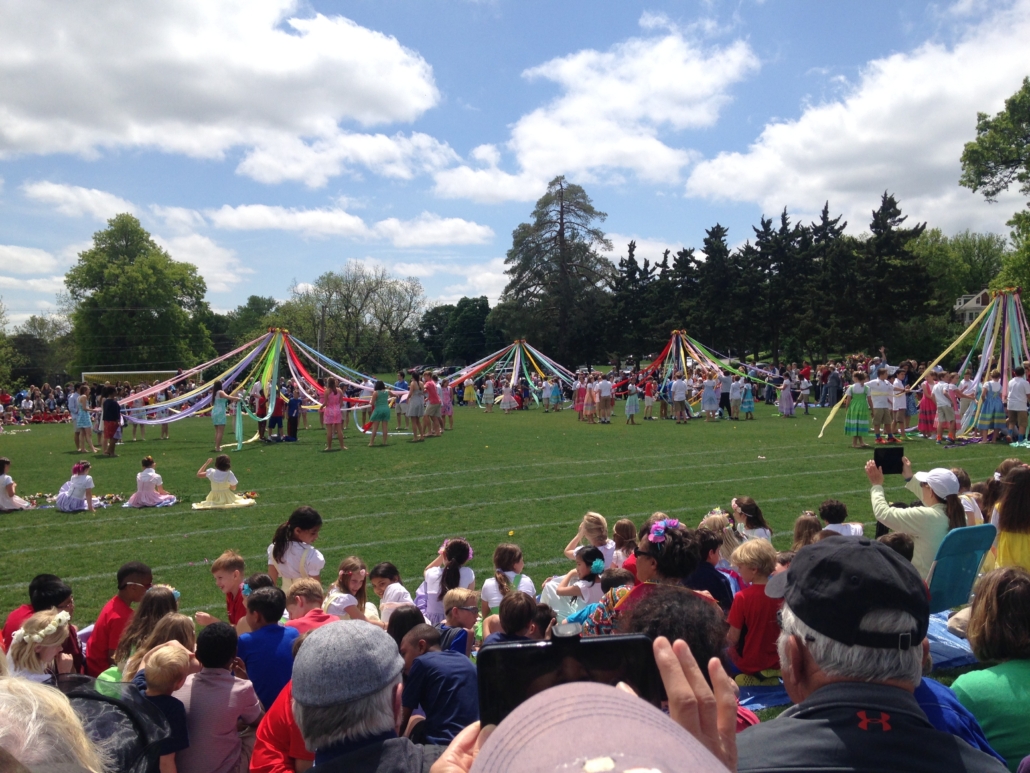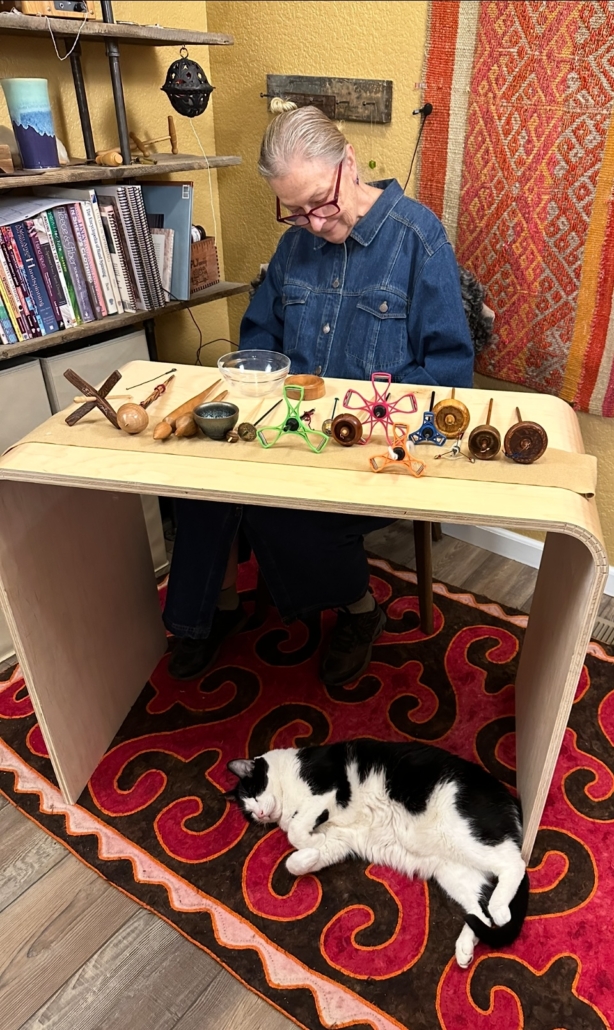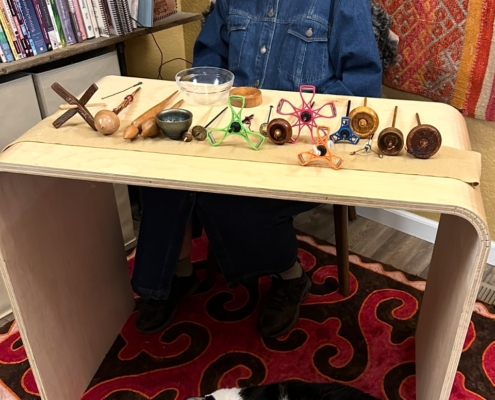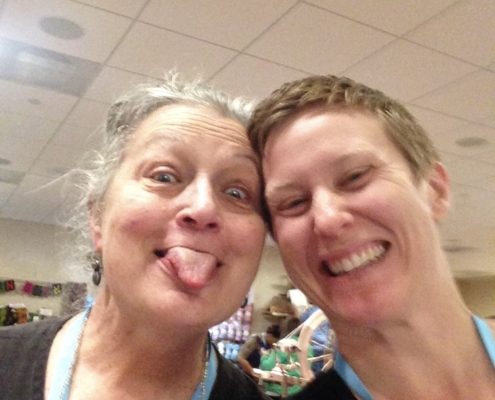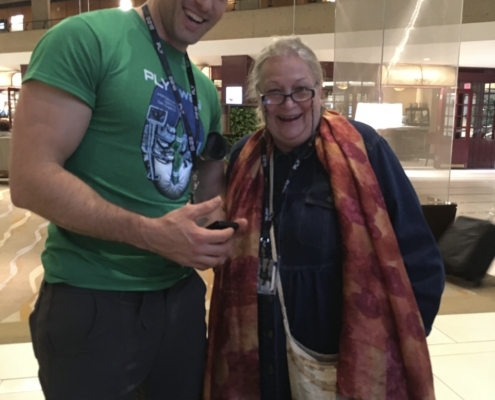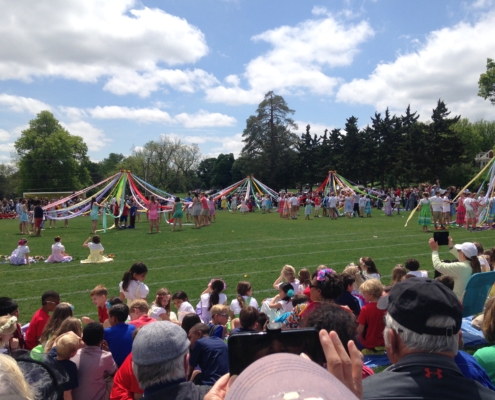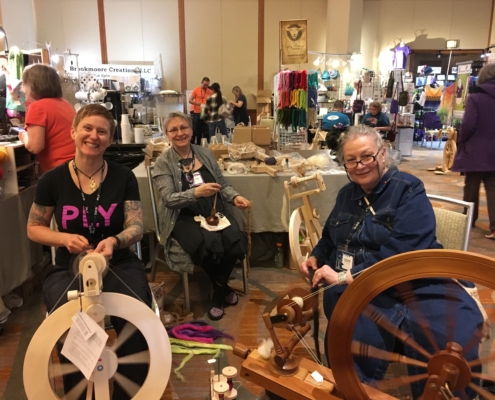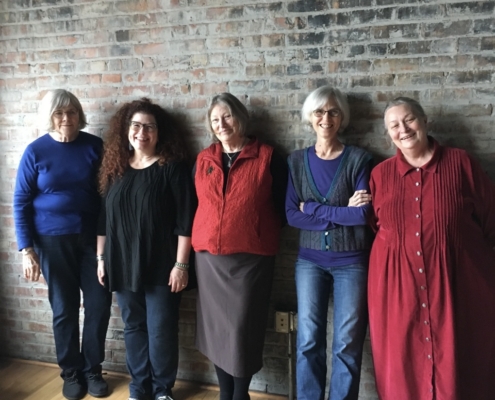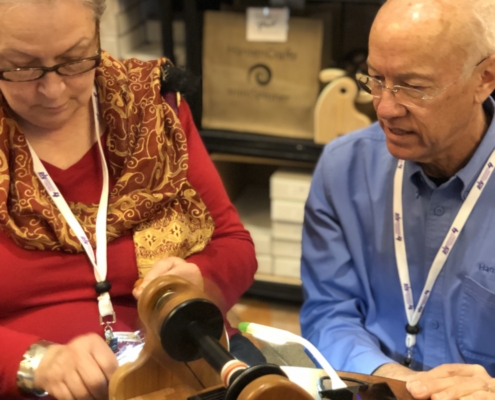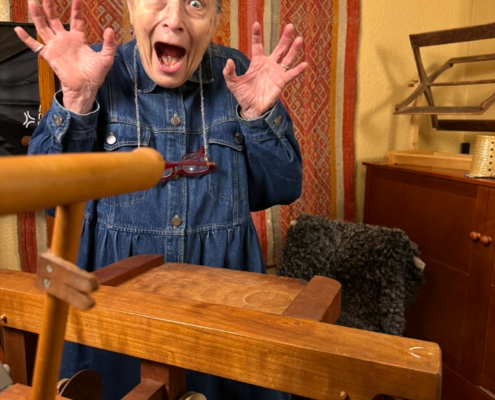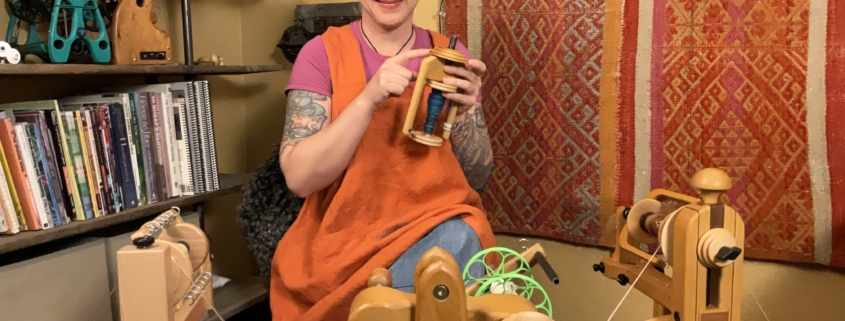Dear Jacey,
I’ve been learning so much from your reels on Instagram. Recently you did one describing what the different whorls do to the yarn you’re spinning. You show one yarn and then change the whorl to a bigger one and show the other yarn, but you don’t say which of the two plyback samples is the right one. I’m a new spinner and just can’t figure out how much twist is too much or not enough. ~Celena
Hi Celena,
I messaged you on Instagram, but I wanted to dig a little deeper and give this a bigger audience since I know that lots of people struggle with these same questions. I’m including a link to the reel that you’re talking about in case others want to check it out for reference [add links to IG, YT]. In the 3-minute video, I spin a little bit of a yarn on the smallest whorl of my wheel (in this case it’s a Schacht Ladybug), show the plyback, then change to the bigger whorl, spin a bit more yarn, and show the two plybacks side by side.
For each of the two plybacks I did my best to keep everything the same except for changing the whorl on the wheel.
- I drafted the same number of fibers (roughly, because I’m not magic) for each draft.
- I drafted the same distance for each draft.
- I drafted one draft each time I treadled so we could be sure the differing twist amounts was the result of the whorl change and not speedy feet or hands.
Changing whorls
When I changed the whorl size from smaller to bigger I changed the amount of twist going into my yarn. With the smaller whorl in action, my yarn got a certain amount of twist. When I switched to the bigger pulley, my yarn got less twist. That’s really what I wanted to demonstrate – that you don’t have to know the ratios of your wheel to know what they do relative to each other. I have lots of wheels, and to be honest, I don’t know what the actual ratios are on most of them. If I want to know the real numbers I either have to run a test or look them up online.
However, because I know what the different size whorls do, I can make decisions about which whorl groove I want to use. And if the groove I choose doesn’t make the yarn I want, I change it to a bigger or smaller groove based on what change I want. What will help you, even if you don’t know the ratios, is to know what they mean relative to each other:
Bigger whorl = less twist
Smaller whorl = more twist
Which is right?
But what you’re asking is something else, I think. You’re asking which of those two plybacks is the right one, which one you should see and say “yes, that’s the yarn I want!” And here is where you might not like my answer – it depends. It really does! I didn’t tell you which one was right because they’re both right for something and they’re both wrong for something else.
If there was just one type of yarn that was “right,” most of us wouldn’t spend so much time spinning, right? We’d go buy the one “right” type of yarn at the store and call it done. But the magic about spinning is that there’s a gazillion kinds of yarn you can spin, and each of them is going to be good for something and bad for something else.
Comparing the yarns
Okay, first know that the two plybacks I spun in the video are very similar; the only difference is a little more or a little less twist. Keep in mind that the comparisons I’m about to make about these two yarns would get more dramatic and extreme if we were to add even more (or less) twist to them.
The one with less twist (bigger whorl, left yarn in the video)
- Feels a tad bit fluffier: there’s more air in it since the extra twist I added to the other one isn’t there to bundle it down so tight
- Looks a little thicker, again, since it didn’t get bundled down so much with twist
- Is loftier: less twist means more air and more air means more loft
- Might abrade or pill faster
- Would show less stitch definition in knitting
The one with more twist (smaller whorl, right yarn in the video)
- Feels a little firmer: the more twist you add, the firmer the yarn gets
- Looks a tad thinner: as you add twist your yarn gets thinner (even though it has the same actual number of fibers)
- Is denser: with each bit of twist you bundle the fibers down tighter, replacing the space where air was with tightly bundled fibers
- Will hold up a little better over time; the extra twist will help it stand up to abrasion so it’ll be less likely to pill
- Would show more stitch definition in knitting
To know which one of the two plybacks is the right one, we’d need more information.
- What craft will the yarn be used for? Knitting, crochet, weaving, something else?
- What kind of project? You’ll want different things from a yarn that’s going to be a hat than you’ll want from one that’s destined to be socks.
- What is the goal of the project? To keep you warm, to drape down your back? To protect your hands? To look stunning and fill your non-spinner friends with awe and envy?
Let’s assume I want to knit. As a knitter, these two yarns are similar enough that they’d both work for many of the same projects, but those projects would turn out a bit differently. If I only had these two yarns to choose from, I might think through it like this:
If I wanted to knit a pair of mitts
I’d choose the one with more twist. Mostly because the one with more twist still isn’t what anyone would call a high-twist yarn, it’s still soft and airy (just not as soft and airy as the other one), so it would make fabric that was warm. The extra bit of twist would help it stand up to the abrasion that gloves/mitts are often subjected to.
If I wanted to knit a warm, squishy hat
I’d choose the one with less twist and more air. I’m a naturally cold person, so warm hats help keep my head toasty. The airier the yarn, the more warm air trapped in the fabric, the warmer my head. Since heads encounter less abrasion than hands, I’m not too worried that the yarn has a little less protective twist.
If I want to knit a sweater
I’d probably want to do a test swatch of each. A sweater is a bigger time investment, and I want to make sure I know how the yarn is going to act. Will the lighter-twist yarn create the lofty and warm sweater of my dreams? Maybe, but will it pill and abrade immediately? I don’t know. Will the higher-twist yarn feel too hard and dense as a sweater? Or will it make my planned cables pop and sing? Probably, but again, I won’t know until I sample.
If I want to knit a pair of socks
I’d spin another yarn but on a much smaller whorl. Socks need more twist than either of these yarns have, a little more in the singles and quite a bit more in the ply.
More than just twist
And all of these are just decisions I’m making about the twist of the yarn. There are so many other decisions we could be talking about. Is wool the right fiber for the project I’m envisioning? If it is, is this the right breed? Is there another fiber prep that would give me more of the qualities I want? What about the draft? Should I let some twist between my hands while doing a short forward draft? Would a long draw be more suitable? Is this the ply structure I want or should I explore a 3-ply, 4-ply, cable, or crepe? Should I ply to balance or add extra ply-twist? And on and on. . .
Don’t stress
That might all sound overwhelming, like, how will you ever decide about everything? Don’t worry, you don’t have to right now. Just the fact that we have all those choices is why it’s magical to be a spinner – you can make exactly the yarn you want. No yarn is wrong, though it might be wrong for a specific project or use. So experiment, spin all the yarns, figure out what you like and don’t like, trust yourself, and most of all, enjoy the process.
Don’t let the fact that you’re never going to know everything about spinning stress you out; instead, relish the fact that you’re never going to run out of things to learn and spin and you’re definitely never going to be bored.
Want Jacey or Jillian to take a stab at your question? Tell us what you want to know:
